How to Build an Emergency Kit
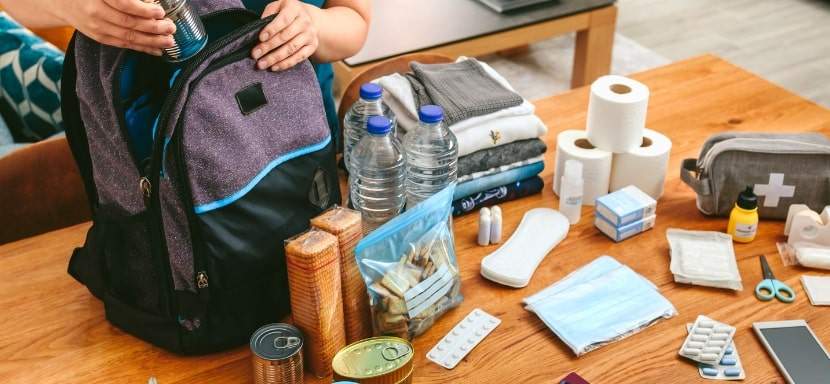
Emergencies don’t knock politely at the door. They barge in, uninvited, like a distant relative with a penchant for drama, turning your world upside down without warning. Whether it’s a power outage, a natural disaster, or an unexpected evacuation, the key to staying grounded lies in preparation.
Building an emergency kit isn’t just about collecting supplies—it’s about reclaiming control in uncertainty. A well-thought-out kit can transform panic into purpose, providing safety, comfort, and even a touch of sanity when everything else feels chaotic.
With the right survival tips and advice, you can assemble a kit that meets your basic needs and equips you to handle the unexpected with confidence and resilience. A little effort now can make all the difference when disaster strikes.
Key Points
- Pack Essentials: Include water, food, first-aid, and tools.
- Personalize Your Kit: Tailor it to your needs and risks.
- Keep It Current: Update supplies regularly.
What is an Emergency Kit?
An emergency kit is a collection of essential items to help you and your family survive unexpected crises. Whether it’s a natural disaster, power outage, or sudden evacuation, an emergency kit ensures you have the necessities to stay safe and comfortable when normalregularrces are unavailable.
Think of it as your personal survival toolbox. It typically includes supplies like water, non-perishable food, a first-aid kit, flashlights, batteries, and important documents. Beyond the basics, a good emergency kit can consist of items tailored to your needs, such as medications, pet supplies, or equipment for local hazards.
An emergency kit isn’t just about surviving; it’s about being prepared and staying calm when faced with the unexpected. Having one ready gives you peace of mind, knowing that if disaster strikes, you’re equipped to handle it.
Why You Need an Emergency Kit
Imagine the power is out, and your pantry holds little more than canned beets and stale crackers. Suddenly, those survival shows on TV don’t seem so ridiculous, do they? Emergency kits provide security, ensuring you and your loved ones have necessities when life gets chaotic.
Emergencies Can Happen Anytime
Storms, wildfires, and earthquakes don’t follow a predictable calendar. Having a bug-out kit ready means you won’t waste precious time scrambling for supplies.
Peace of Mind
An emergency kit offers reassurance. You’ll know you have what it takes to weather a storm—literally and figuratively.
Did You Know?
Did you know that including a whistle in your emergency kit can dramatically increase your chances of being rescued during a disaster? A whistle can be heard up to 5 times farther than shouting, and it doesn’t strain your voice. This simple, lightweight tool is invaluable for signaling for help if you’re trapped or lost.
What to Include in Your Emergency Kit
The essentials in an emergency kit are like the cast of a good sitcom: each plays a vital role, and without one, the whole thing falls apart. Here’s what you need:
Basic Supplies
- Water: Aim for one gallon per person daily for at least three days. (Yes, you’ll thank yourself later.)
- Non-perishable food: Pack easy-to-prepare items like granola bars, canned soup, or freeze-dried meals.
- Flashlight and extra batteries: Fumbling in the dark is neither fun nor productive.
- First-aid kit: Stock it with bandages, antiseptic wipes, and over-the-counter medications like pain relievers.
- Multi-tool: A versatile gadget that does everything short of making you breakfast.
Hygiene and Sanitation
- Moist towelettes or hand sanitizer.
- Trash bags and plastic ties.
- Feminine hygiene products (if needed).
- A small roll of duct tape (trust me, you’ll use it).
Communication Essentials
- Battery-powered or hand-crank radio.
- Fully charged power bank for mobile devices.
- Copies of personal documents, like ID and insurance information, sealed in a waterproof bag.
Clothing and Comfort
- Sturdy shoes and a weather-appropriate outfit.
- A blanket or sleeping bag for warmth.
- Rain poncho or emergency thermal blankets.
Customizing Your Emergency Kit
Not all emergencies are created equal, so tailor your kit to your needs.
For Families with Kids
To ease stress, include comfort items like toys or stuffed animals. If needed, add extra diapers, wipes, and baby formula.
For Pet Owners
Bring food, water, and a leash for your furry friends. A small toy or blanket can also help keep pets calm.
Special Needs
Adapt your kit for special needs by including mobility aids, sensory comforts like headphones or weighted blankets, and ID cards with emergency instructions for cognitive conditions.
Medications
Pack a 7-10 day supply of prescriptions in waterproof containers, along with medical equipment like inhalers or insulin. Backup power and essential over-the-counter medications should also be included.
Location-Specific Needs
- Live in a hurricane-prone area? Add waterproof containers.
- Earthquake zone? Toss in sturdy gloves and a crowbar.
- Winter storms? Pack hand warmers and extra blankets.
Building Your Kit on a Budget
You don’t need to spend a fortune to be prepared. Start small by purchasing items individually and prioritizing essentials like food and water. Check dollar stores for basic supplies, and look for sales on camping gear.
Storing Your Emergency Kit
Where you store your kit can make or break its usefulness.
Keep It Accessible
Store the kit in an easy-to-reach location, like a hallway closet or under the bed. Avoid hard-to-access areas like the attic.
Label Clearly
Use clear, bold labels so everyone in your household knows where to find the kit during a crisis.
Consider Portability
If evacuation becomes necessary, use a backpack, duffle bag, or storage bin with wheels to make it easier to grab and go.
Maintaining and Updating Your Emergency Kit
An emergency kit isn’t a one-and-done project. Regular maintenance keeps it reliable.
Check Expiration Dates
Review food, medications, and batteries every six months, replacing expired items as needed.
Adapt for Changing Needs
Have you moved? Gained a new family member? Update your kit to reflect those changes.
FAQs
What is the most important item in an emergency kit?
Water is the most crucial item. Staying hydrated is vital for survival, especially when clean water is unavailable.
How long should an emergency kit last?
Aim to prepare for at least three days, but extending to a week provides extra security.
How can I involve my family in building the kit?
Assign roles to make the project fun. For example, kids can help pack supplies or create an emergency checklist.
Can I use my regular pantry items in an emergency kit?
Yes, but choose long-lasting, non-perishable items. Rotate them regularly to ensure freshness.
What if I have no space for a large kit?
Focus on essentials and build a compact kit using a backpack or tote bag. Store it under your bed or in a closet.
How do I prepare an emergency kit for my car?
Include basics like water, snacks, a first-aid kit, jumper cables, a flashlight, and a blanket.
Conclusion: How to Build an Emergency Kit
Building an emergency kit isn’t just about survival—it’s about creating a sense of peace, security, and self-reliance. Emergencies, by their very nature, are unpredictable, but having a kit prepared means you’re taking proactive steps to protect yourself and your loved ones. It’s not just about having supplies on hand; it’s about empowering yourself to face challenges head-on, knowing you have the tools and resources to handle whatever comes your way.
With just a little effort, you can transform uncertainty into preparedness, equipping yourself to face unexpected situations with confidence and a steady hand. Emergencies can be chaotic and overwhelming, but a well-thought-out kit provides stability when needed most. Start today because, in the face of an emergency, preparation is the best defense—and a gift of safety you can give yourself and those you care about.
Interesting Facts About Emergency Kits
Emergency kits are a modern necessity, but their origins and applications have evolved to meet the unique challenges of different situations. From ancient survival practices to contemporary preparedness, having essential supplies at the ready has been a cornerstone of human resilience.
Here are some fascinating facts about emergency kits:
- Civil War Survival Packs: During the American Civil War, soldiers carried rudimentary “emergency kits” that included hardtack, salt pork, and sewing kits to repair uniforms. These kits were vital for their survival in the field.
- NASA Emergency Kits: Astronauts aboard the International Space Station have emergency packs that include oxygen masks, fire extinguishers, and survival gear for re-entry in the event of a catastrophic failure.
- WWII Air Raid Kits: During World War II, civilians in bomb-prone areas were encouraged to keep “air raid kits” with gas masks, canned food, and first-aid supplies. These kits were designed to help people survive in shelters during attacks.
- Earthquake Preparedness in Japan: Japan leads the world in earthquake readiness. Most households have emergency kits, often equipped with portable stoves, helmets, gloves, and collapsible water containers to deal with frequent seismic activity.
- The Go-Bag Movement: The concept of a “go-bag” gained popularity after 9/11, when individuals were encouraged to pack emergency supplies in a portable bag for quick evacuation in case of disaster.
- First FEMA Guidelines (1979): When FEMA was established, one of its first directives was to educate the public about creating emergency kits, which included basic survival tools like water purification tablets and non-perishable food.
- Military MREs in Civilian Kits: Meals Ready-to-Eat (MREs), initially developed for military use, are now a staple in many civilian emergency kits due to their long shelf life and ease of preparation.
- Portable Solar Chargers: In recent years, solar-powered chargers have become a popular addition to emergency kits. They offer renewable energy for communication devices during power outages.
- Cold War Fallout Shelter Kits: During the Cold War, fallout shelters were stocked with emergency supplies, including Geiger counters, canned goods, and even instructional pamphlets on surviving a nuclear attack.
- Survival Psychology: Studies show that people who prepare emergency kits are more likely to feel a sense of control and calm during disasters, reducing panic and improving decision-making under pressure.
- Hurricane Katrina’s Impact on Preparedness: After Hurricane Katrina in 2005, there was a significant rise in public awareness of emergency kits, particularly in regions prone to natural disasters like hurricanes and floods.
- Innovative Survival Foods: Modern emergency kits often include freeze-dried ice cream and space-age snacks initially developed for astronauts. These lightweight, calorie-dense foods are ideal for emergencies.
More Survival Tips and Advice

How to Identify Poisonous Plants
Exploring the great outdoors can be incredibly refreshing, offering a chance to reconnect with nature and unwind from daily stresses. However, it also comes with its fair share of risks. Chief among them? Poisonous plants. These hidden hazards can turn a peaceful...
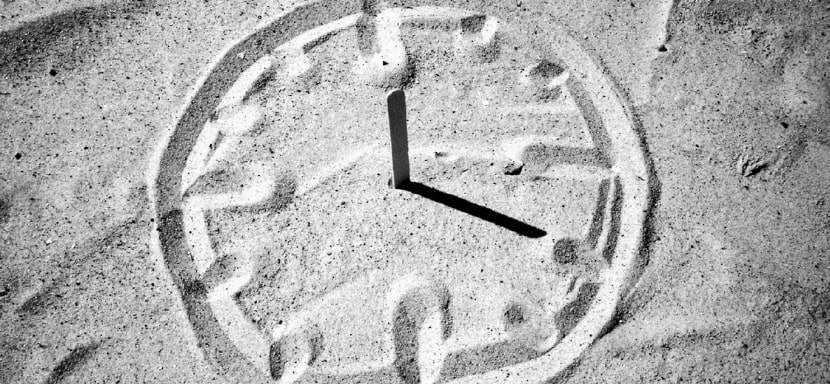
How to Use the Sun to Tell Time
Using the sun to tell time sounds like a Robinson Crusoe novel. Imagine being stranded on a desert island with no phone, clock, or sundial. You'd still have one incredibly reliable resource: the sun. It’s been doing its thing for billions of years, and by the looks of...
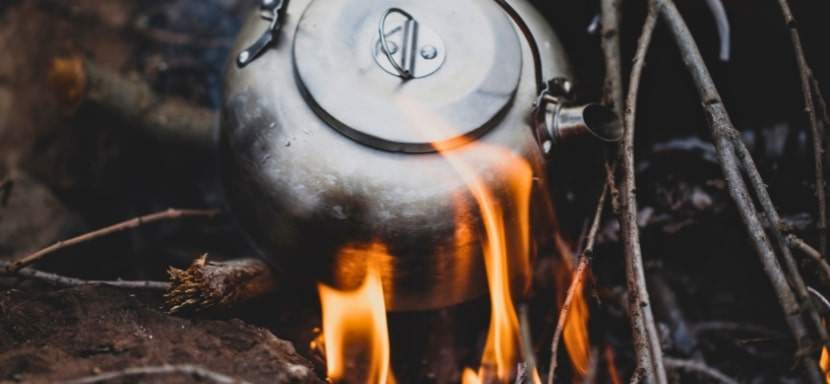
How to Purify Water Using Boiling
When you're miles away from civilization, lost in the wilderness, or don't trust what's coming out of your tap, the idea of pure, clean drinking water starts to sound like a mythical oasis. Maybe it's all those survival shows you've binged, but suddenly, you're eyeing...
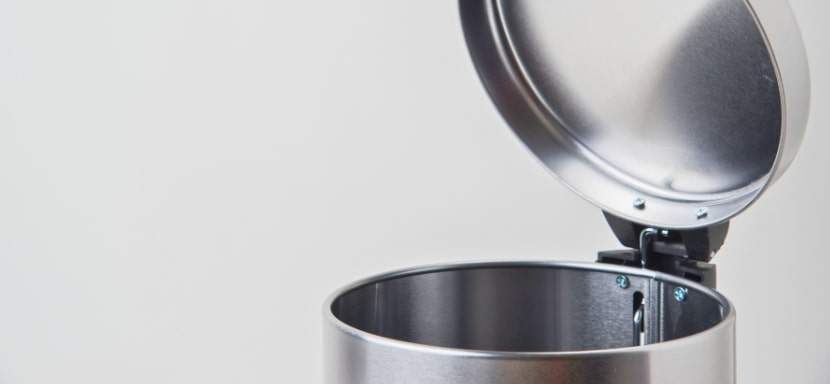
How to Build a Faraday Cage
Have you ever had one of those moments when your phone seems to be on its own personal field trip through Wi-Fi signals, Bluetooth, and all kinds of electromagnetic noise? Well, I have. The endless hum of invisible waves flying through the air makes you wonder—how can...

How to Make a Torch for Light
Creating your torch for light is not only a practical skill but also a rewarding craft. Whether preparing for a camping trip, looking for a unique DIY project, or wanting a reliable light source for emergencies, making a torch can be an enjoyable and valuable...
More Survival Scenarios

How to Survive a Layoff
When the Floor Falls Out: The Reality of a Layoff Layoffs feel personal—even when they're not. One day, you're responding to Slack messages and forwarding emails. Next, you're staring at your monitor as it logs you out... for good. Whether it's a restructuring, a...

How to Survive a Drug Test
The Cup, The Room, The Truth I never imagined I’d be so emotionally invested in a paper cup. But there I was, standing under the fluorescent hum of a strip-mall clinic, trying to recall the last time I ate a poppy seed bagel. That’s the thing about drug tests—they...

How to Survive an Interrogation
If you've ever been caught in the crosshairs of an overly enthusiastic mall cop or stared down by someone in a uniform with a clipboard and a glare, you’ve felt it — the chilly fingers of interrogation anxiety. And while most of us imagine interrogation scenes as...

How to Survive a Nightclub Shooting
Nightclubs pulse with life—lights flashing, music pounding, bodies packed tight on the dance floor. It’s a place to escape, feel the rhythm, and lose yourself in the crowd. But that same energy can turn deadly in seconds, transforming a night of fun into one of the...

How to Survive a Bachelor Party
A bachelor party is a delicate mix of celebration, chaos, and questionable decision-making, wrapped in the noble intention of sending the groom off into married life with a night he’ll (hopefully) remember. It’s a ritual as old as time—well, as old as men deciding...

How to Survive Your First Time at the Gym
Walking into a gym for the first time can feel like stepping into an alien world. The machines hum with purpose, the regulars move confidently, and you’re left standing there, clutching your water bottle, wondering whether you’re in the right place—or on the right...

How to Survive a Worldwide Communications Breakdown
Imagine waking up to silence. Your phone doesn’t buzz, your email won’t load, and even your local radio station crackles with static. A worldwide communications breakdown has hit. What next? For many, this doomsday scenario may sound like the opening lines of a...
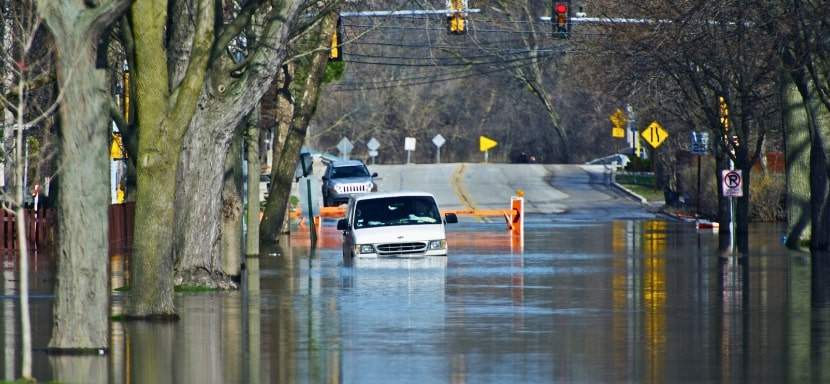
How to Survive a Flash Flood While Driving
Surviving a flash flood while driving requires quick thinking, calmness, and a solid plan to ensure your safety. Preparation can make all the difference between a close call and a catastrophe in emergencies like this. This guide provides practical advice to protect...

How to Protect Yourself From Insects in the Wild
There’s nothing like being out in the wild—birdsong echoing through the trees, the fresh scent of earth, and a deep sense of peace that makes you think, “Ah, this is what life is about.” But then comes the buzzing. Mosquitoes, ticks, and flies swoop in like uninvited...

How to Survive a Mountain Lion Attack
Surviving a mountain lion attack might feel like something straight out of a survival movie—an adrenaline-pumping showdown between man and beast. But as more people venture into wild spaces and embrace the untamed beauty of nature, these wild frontier survival...
